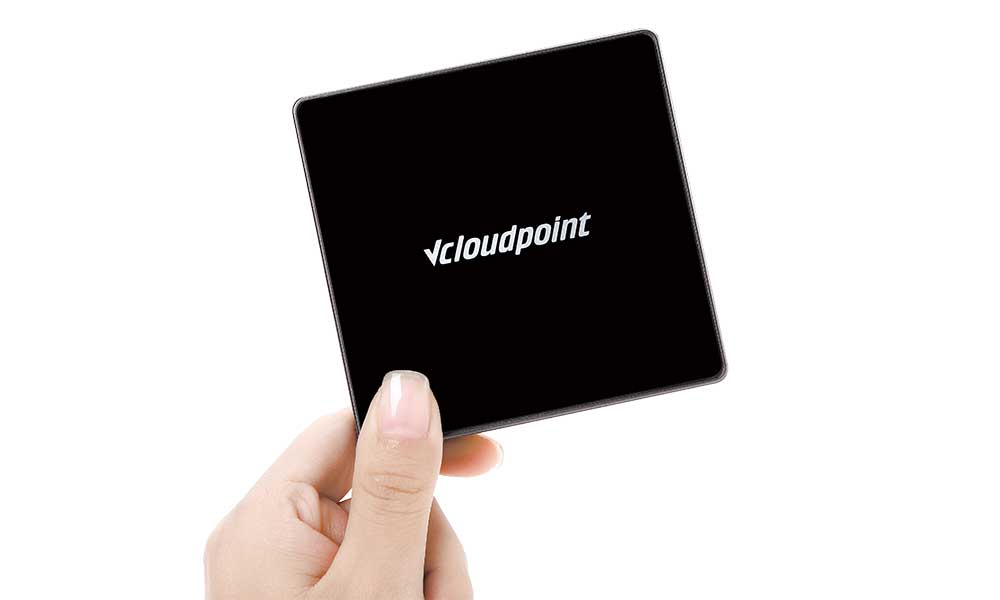
Zero clients and thin clients both offer virtual desktop access, but they aren’t the same when it comes to performance and scalability.
A zero client is similar to a thin client in that both provide access to virtual desktops, but they have significant differences when it comes to performance, usability, and security.
A zero client is a lightweight appliance that gives the user access to a desktop stored in a data center. A thin client is more like a small PC, with few expansion options. It too can be a portal to a desktop in a data center, but it can also bring a lot of complexity.
Zero client vs. thin client computing: Plug and play
Zero clients provide the most PC-like experience for virtual desktop infrastructure (VDI). One example has to do with USB plug-and-play. When using a PC or thin client with a local operating system, there are three plug-and-play cycles when you plug in a USB device:
Local device plug-and-play. Device detection and driver installation for the USB device
VDI client overtake. Replacing the local operating system driver with a redirection driver
Remote plug-and-play (inside the virtual desktop). Device detection and driver installation for the USB device
It can take a while, sometimes minutes, from the time you plug in the USB key until it shows up as a recognized device. Usually, the first two plug-and-play actions aren’t visible to the user, so they give up in frustration and remove the USB key before the third stage begins.
With a zero client, however, there should be no local plug-and-play. The whole USB experience is transferred to the virtual desktop in the data center. Only the remote plug-and-play inside that desktop occurs, and the user can see it, so the user knows to wait for it to finish.
Zero client vs. thin client performance and manageability
Zero clients tend to offer high performance. They should be well optimized for one VDI protocol and provide a great user experience with fast, smooth scrolling and the best video playback the network will allow. User experience is the defining factor in VDI success, so it is critical to use a device optimized for the VDI protocol. Zero clients usually provide the best display performance for the protocol.
Zero clients tend to be much simpler to manage, configure and update. Zero client firmware images are a few megabytes in size, compared with the multiple gigabytes that thin client operating systems take up. The update process is much quicker and less intrusive on a zero client than on a thin client, possibly occurring every day when the zero client boots. Thin clients need to be patched and updated as often as the desktop operating system they carry, but zero clients have no operating system, so they need fewer updates.
Zero clients have few knobs and switches to turn — probably fewer than 100 configuration items in total — so they are simple to manage. Often, their bulk management is a couple of text files on a network share somewhere. Thin clients have a whole operating system to manage, with tens of thousands of settings necessitating complex management applications, usually on dedicated servers at multiple sites.
A zero client is like a toaster: A consumer can take it out of its packaging and make it work. If the consumer is your staff at a remote branch, then there are a lot benefits to having them be able to do the deployment of a new terminal.
Sometimes, thin clients need special builds or customized settings applied to them before they are deployed — not ideal for rapid deployment. The ability to rapidly scale can be important when it comes to something like opening a call center to accommodate an advertising campaign or a natural disaster response.
Another advantage of zero clients is their lower power consumption. Thin clients have mainstream CPUs and often graphics processing units, but a zero client usually has a low-power CPU (or none at all), which cuts down on power consumption and heat generation. The simplicity of zero clients also makes for a much smaller attack surface, so placing them in less trusted networks is not so worrying. Also, placing them in physically hostile locations is safe; lower power and usually passive cooling mean that heat, dust and vibration are less likely to cause maintenance problems.
Zero clients are all the same. Models aren’t released every few months, but every couple of years, so your fleet will contain fewer different models. That means there’s no need for help desk calls to move a device from one desk to another, plus a much more consistent user experience. Your supplier’s inventory of zero clients will also have fewer models, which should lead to better availability when you need new zero clients.
(This was last published in April 2014 by Alastair Cooke on searchvirtualdesktop.techtarget.com)